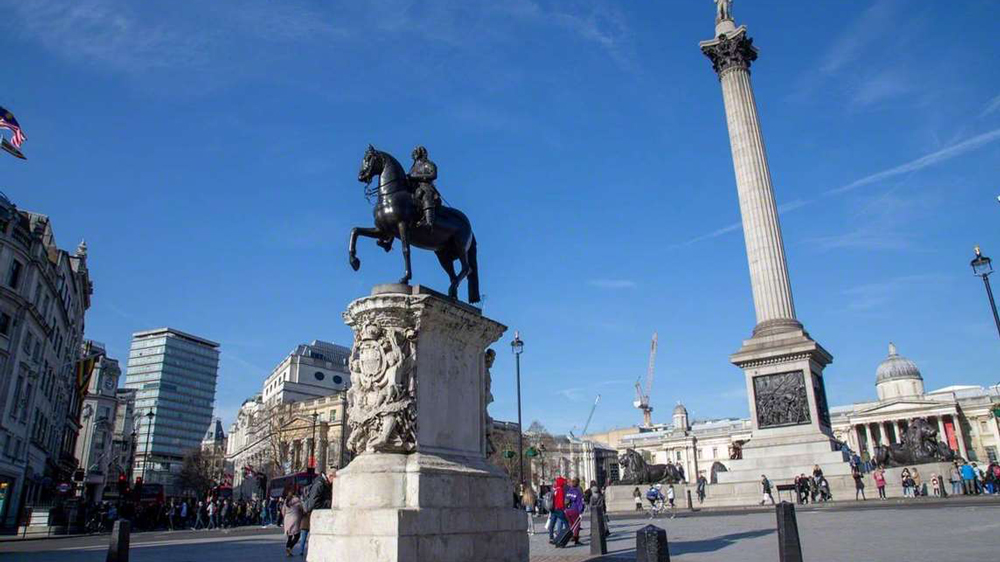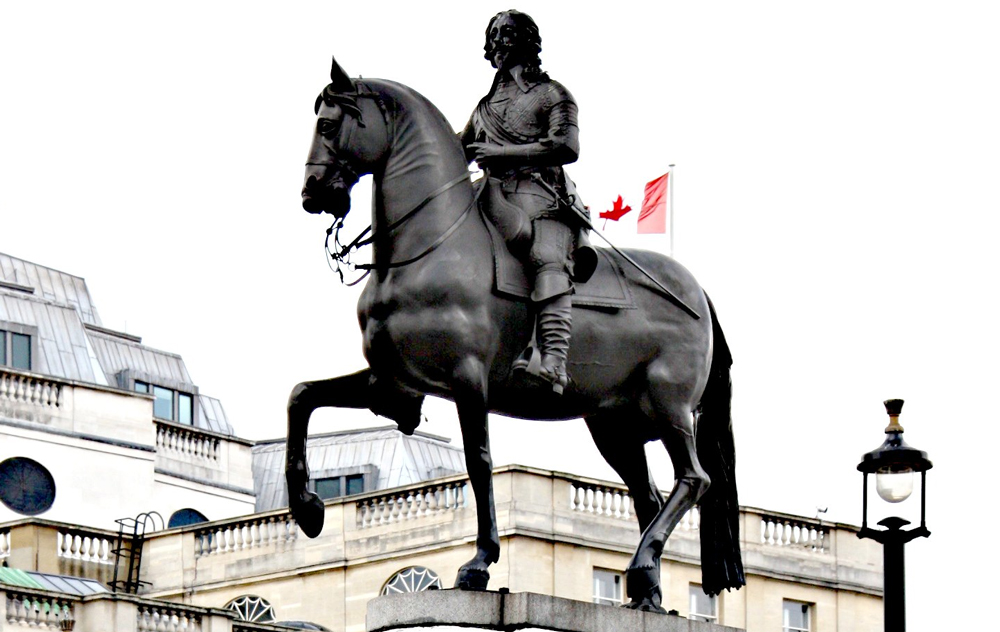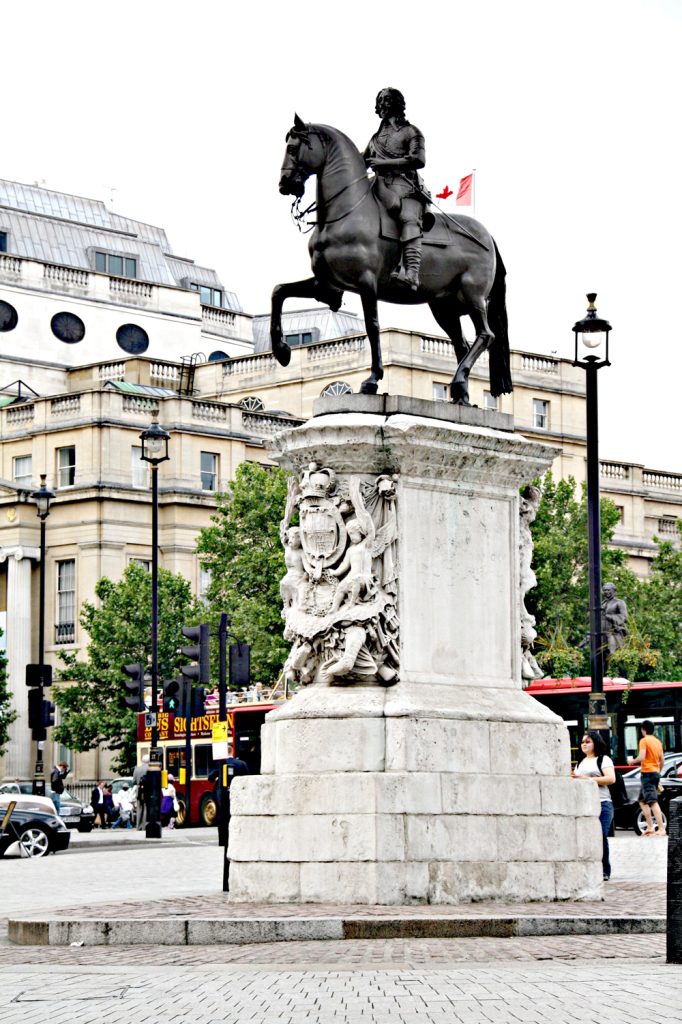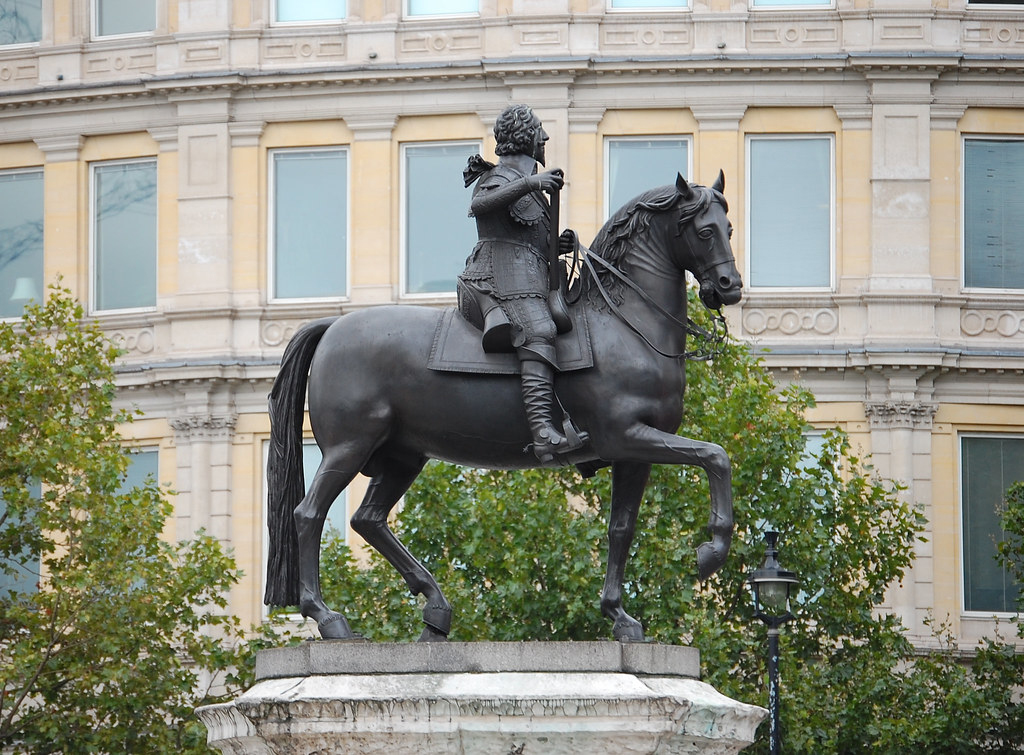Introduction

The equestrian statue of Charles I at the Charing Cross in London is an impressive ancient sculpture that marks an important moment in British history. This statue was created by French sculptor Hubert Le Sueur and is said to have been cast in 1633. It is not only a masterpiece of art, but also a symbol of the power and history of the British royal family. This article will provide an in-depth introduction to the equestrian statue of Charles I, including its historical origins, artistic value, and its important position in British culture.
The Rule of Charles I
Charles I ruled England, Scotland, and Ireland from 1625 to 1649 and was a monarch of the Stuart dynasty in England. His reign was filled with political and religious disputes, as well as power struggles with parliament. Charles I’s attempt to strengthen royal power sparked a series of political crises, ultimately leading to the outbreak of the British Civil War.

Civil War and Executions
The British Civil War broke out in 1642, splitting the country and opposing the monarchy party and the parliament party, the Dome party. The civil war ended in 1649 and Charles I was captured by the parliamentary army. He was charged with treason and ultimately executed in Whitehall, becoming the only monarch in British history to be executed.
The Creation and Historical Origin of Statues
The equestrian statue of Charles I is a masterpiece of the French sculptor Hubert Le sur. This statue was cast in 1633 and was originally created to celebrate the accession of Charles I. However, after the British Civil War, the statues were dismantled and hidden to avoid being destroyed by parliamentary forces.

Artistic value and details
The equestrian statue of Charles I has outstanding artistic value, and the following are some notable features:
Vivid Sculpture: Hubert Le Sur captured the appearance, attire, and horse details of Charles I with astonishing skill, making the statue appear lifelike.
Magnificent Base: The statue stands on a magnificent stone base, with intricate reliefs carved on the base, depicting horses trampling on enemy shields.
Witness to History: This statue is not only a work of art, but also carries important political and social events in British history, serving as a witness to that era.
The Status of Statues in British Culture

The equestrian statue of Charles I holds an important position in British culture:
Symbol of history: This statue represents a critical moment in British history, particularly the Civil War and the collapse of the monarchy.
Royal Revival: The restoration and re display of the statue marks the revival of the British monarchy, which is a symbol of Charles I’s descendants regaining the throne.
London Landmark: The equestrian statue of Charles I is located at Charing Cross and is one of the important landmarks in central London, attracting many tourists and history enthusiasts.
Conclusion
The equestrian statue of Charles I is an important sculpture that not only has outstanding artistic value, but also carries the history and culture of England. It witnessed the political disputes and civil wars of Charles I’s era and is an indispensable part of British history. The existence of this statue not only stimulates people’s interest in history, but also symbolizes the revival of the British monarchy and the sustained development of the country. The equestrian statue of Charles I is forever engraved in the scrolls of British history and culture, showcasing the eternal royal majesty.

